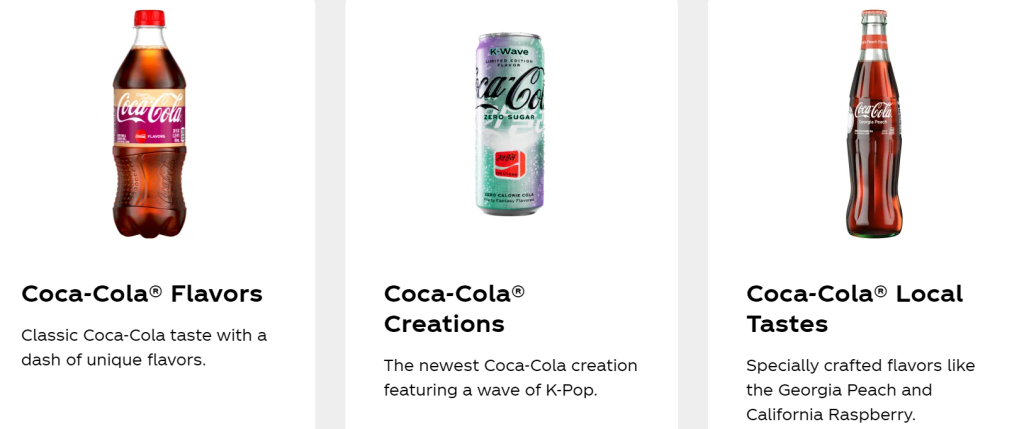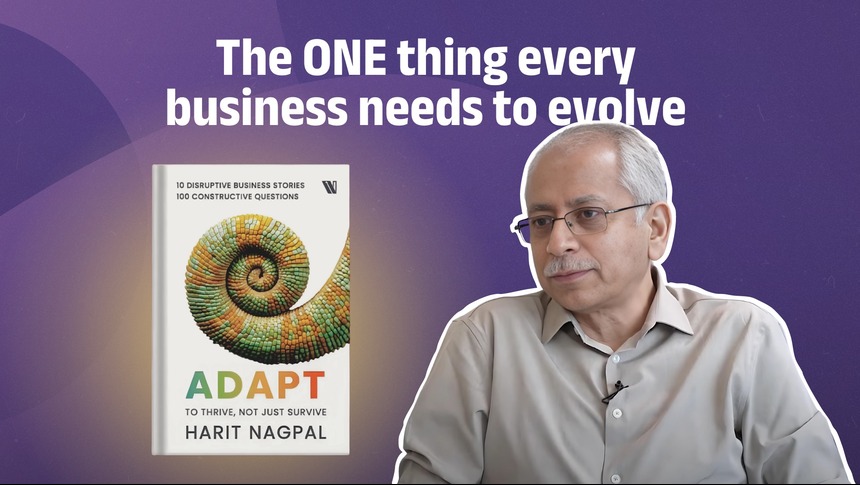Market segmentation, the process of dividing a broad consumer or business market into subgroups based on shared characteristics, is vital for effective marketing strategies. However, in a diverse and complex country like India, market segmentation presents unique challenges. Understanding and addressing these challenges are paramount for businesses aiming to thrive in this dynamic market.
The cost
One of the primary challenges businesses face in market segmentation is the cost involved. Conducting comprehensive market research, gathering data, and implementing tailored marketing strategies can be financially burdensome, particularly for smaller businesses.

For instance, big brands like Parle Agro have substantial budgets to conduct extensive market research and tailor their products to different segments in India, Smoodh being the perfect example of it. They spent years in research and development to come up with a brand with low cost to penetrate into a new product category altogether. In contrast, smaller local brands often struggle to match these resources, impacting their ability to compete effectively.
Also Read: How AI Personalisation Is Changing Customer Experience?
The diverse demographic
According to InsorceIndia, India is home to over 2,000 ethnic groups and more than 1,600 languages and dialects. This demographic diversity, with various languages, cultures, class, locations, genders, and socio-economic backgrounds, complicates market segmentation efforts. It is imperative for businesses to navigate this diversity effectively and localised marketing often helps with that.

DMart exemplifies effective localised marketing. Positioned as the go-to discount store for the middle class, DMart strategically locates its stores in bustling areas of metropolitan cities. By offering value-for-money products that cater to the needs of middle-class consumers, DMart has successfully become a staple shopping destination for this demographic. This localised approach ensures that the brand remains relevant and accessible to its target market.
Also Read: Exploring Indian CSR Campaigns
Generalisation of target audience
Attempting to segment a diverse market like India’s can lead to the trap of over-generalisation. Simplifying the audience into broad segments may overlook nuanced differences within each group, resulting in ineffective targeting and missed opportunities to connect with specific consumer needs and preferences.
Without accurate segmentation based on demographic, psychographic, and behavioural factors, businesses risk investing resources in marketing campaigns that fail to resonate with their intended audience, resulting in wasted time, effort, and resources.

A prime example is PepsiCo, which initially targeted a broad youth demographic in India. However, recognising the diversity within this group, they later refined their strategies to cater to regional tastes and preferences, like using regional language labelling and launching products like Kurkure and Lay’s with flavours tailored to local palates.
Also Read: How AI Is Revolutionising Marketing In India
Urban-rural divide
India’s urban-rural divide further complicates market segmentation. While urban areas boast better infrastructure and higher purchasing power, rural regions have distinct needs and preferences. Businesses need to tailor their strategies to address the unique requirements of each segment effectively.

Coca-Cola provides a good example of effective market segmentation in India by offering a range of products aimed at specific segments. From low-calorie options like Diet Coke and Coke Zero, to caffeine-free drinks such as Fanta and Sprite, and even orange juice (Minute Maid) and bottled water (Dasani), Coca-Cola appeals to diverse demographics. Their affordable pricing and varied products help them bridge the urban-rural divide, appealing to young and old, families and individuals alike.
Also Read: How Creative Conflict Is Leveraged In Indian Advertising
Conclusion
With the right strategies in place, businesses can navigate these challenges of market segmentation and unlock the vast potential of India’s consumer market and adaptation is one such important thing.
Adaptation can take business a long way and we, at melt, had a seasoned industry expert to explain that. Watch the full video where Tata Play’s CEO Harit Nagpal, investigates the idea of adaptation and dive deeper into strategies to help you build both – brands and business.
